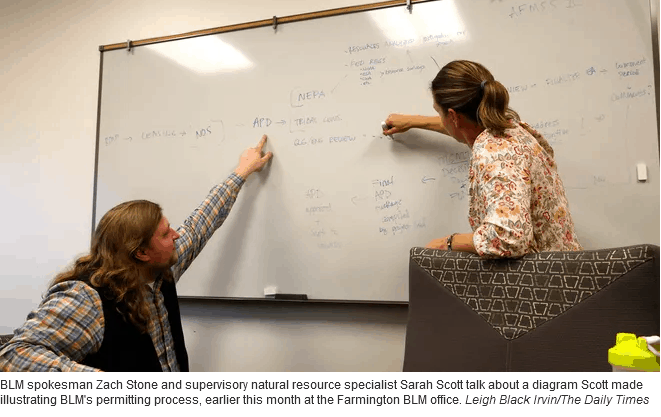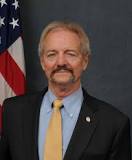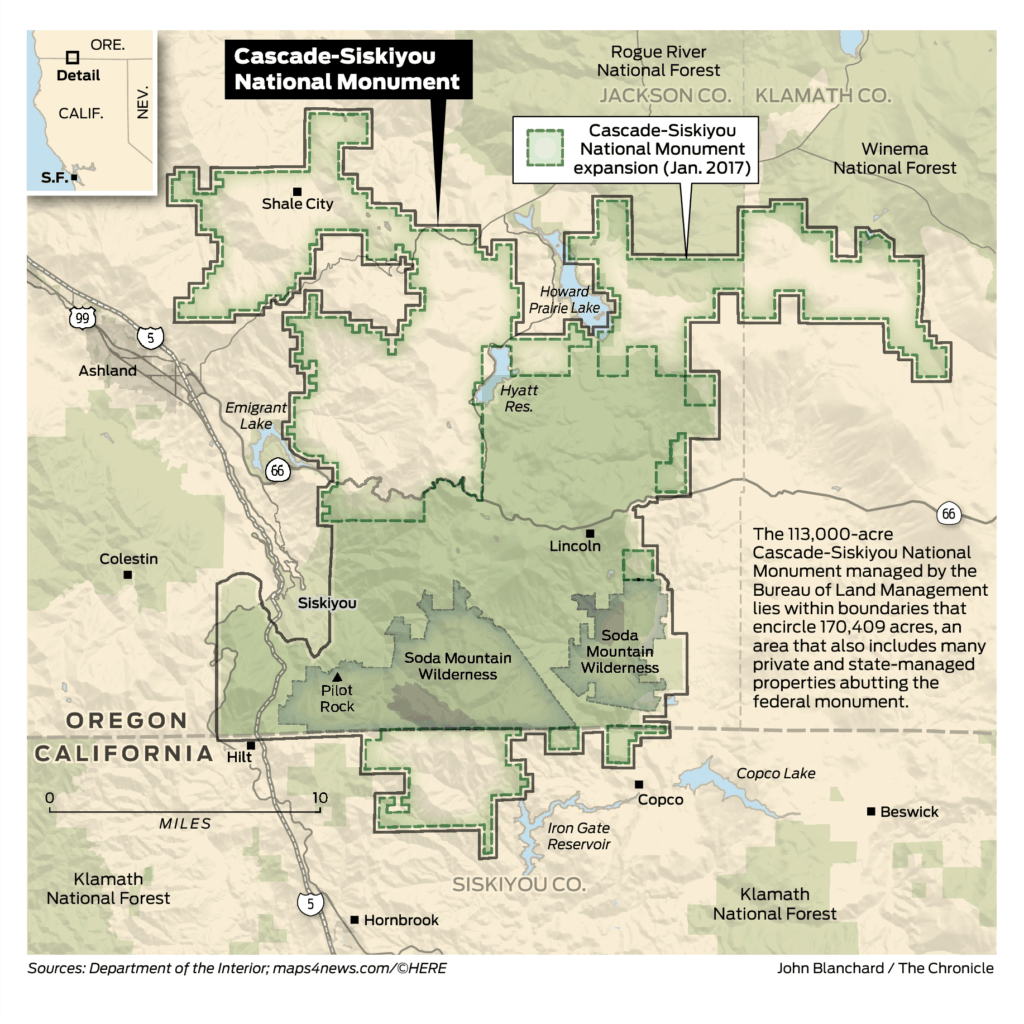
As I predicted, when Republicans are in power, things some ENGO’s (or perhaps PENGOs, for Partisanly inclined ENGOs) don’t like are blamed on evil Republicans. And folks are very concerned about impacts to career feds, the innocuous victims of bad political appointees. But when D’s are in power, the identical activities can be blamed on the career feds. These two concepts seem to conflict a bit, but perhaps I’m the only person who notices? An interesting example is this piece by Jonathan Thompson who runs the “Land Desk”- lots of interesting and valuable articles there, but perhaps not this one.
Stepping back, we at TSW investigated on our own the reason for increased approved APD’s during the Biden Admin (held up by some as “Biden isn’t doing enough.”)
Rebecca Watson had some ideas in this comment here , and here’s what a BLM person from State X told me: “there was a big surge in State X and I think there were a variety of reasons for that including the election results, companies getting pre-positioned for any resultant post pandemic oil price increase and finally, companies catching up on activities that have a big field work component that were impacted by folks minimizing group interactions, working from home, etc..”
What I find interesting about stories I’ve read that mention this is that the increase is used as a talking point to make the case “not doing enough” (a political push toward COP26) and the other side of the story is not being told. So much of what I read is not “news” in the traditional sense of 1) telling what’s happening and 2) trying to understand why (note, this article is not news, but it’s becoming increasingly difficult to tell what is and should be held to those standards).
And even while leasing was paused, the BLM continued to hand out drilling permits at a feverish pace. Since Biden’s inauguration, the agency has issued the following tally of approvals:
- California: 56 (all by the Bakersfield Field Office)
- Alaska: 6
- Colorado: 15 (Royal Gorge, Tres Rios, and White River Field Offices)
- New Mexico: 1,372 (1,275 in the Carlsbad Field Office, or Permian Basin; 94 in the Farmington Field Office, or San Juan Basin)
- Utah: 183 (170 in Vernal Field Office with the rest in Moab and Price)
- Wyoming: 693 (376 in Buffalo Field Office; 198 in Casper Field Office; 74 in the Pinedale Field Office)
That’s a lot of drilling permits, making Trump’s energy dominance look a little flaccid, at best. I had a conversation with a colleague about this phenomenon recently. He argued that the BLM had no choice but to issue the permits, since the oil and gas companies were vested with private property rights when they acquired the leases. Both industry and field office managers make the same argument, parroting the ideology of the Wise Use movement of the 1990s, but it’s mostly bogus. Grazing leases and oil and gas leases are on public land, and they do not confer private property rights to anyone. If that was the case, then why bother with the permitting process? Why not just offer the drilling permits with the lease?
At the same time, it’s not Biden himself, or even Haaland, who is handing out the drilling permits. It’s the field office managers, who tend to operate how they choose, regardless of who’s in the Oval Office.
(My bold) Mr.Thompson thinks the validity of lease sales is “bogus” but having sat through innumerable meetings with Interior Solicitors and USDA OGC on exactly this issue, enthusiatically trying to get the USG out of leases on the Thompson Divide, I’d say.. not. I don’t know if Mr. Thompson believes this about BLM managers, or whether this is another polemical throw-away line.


